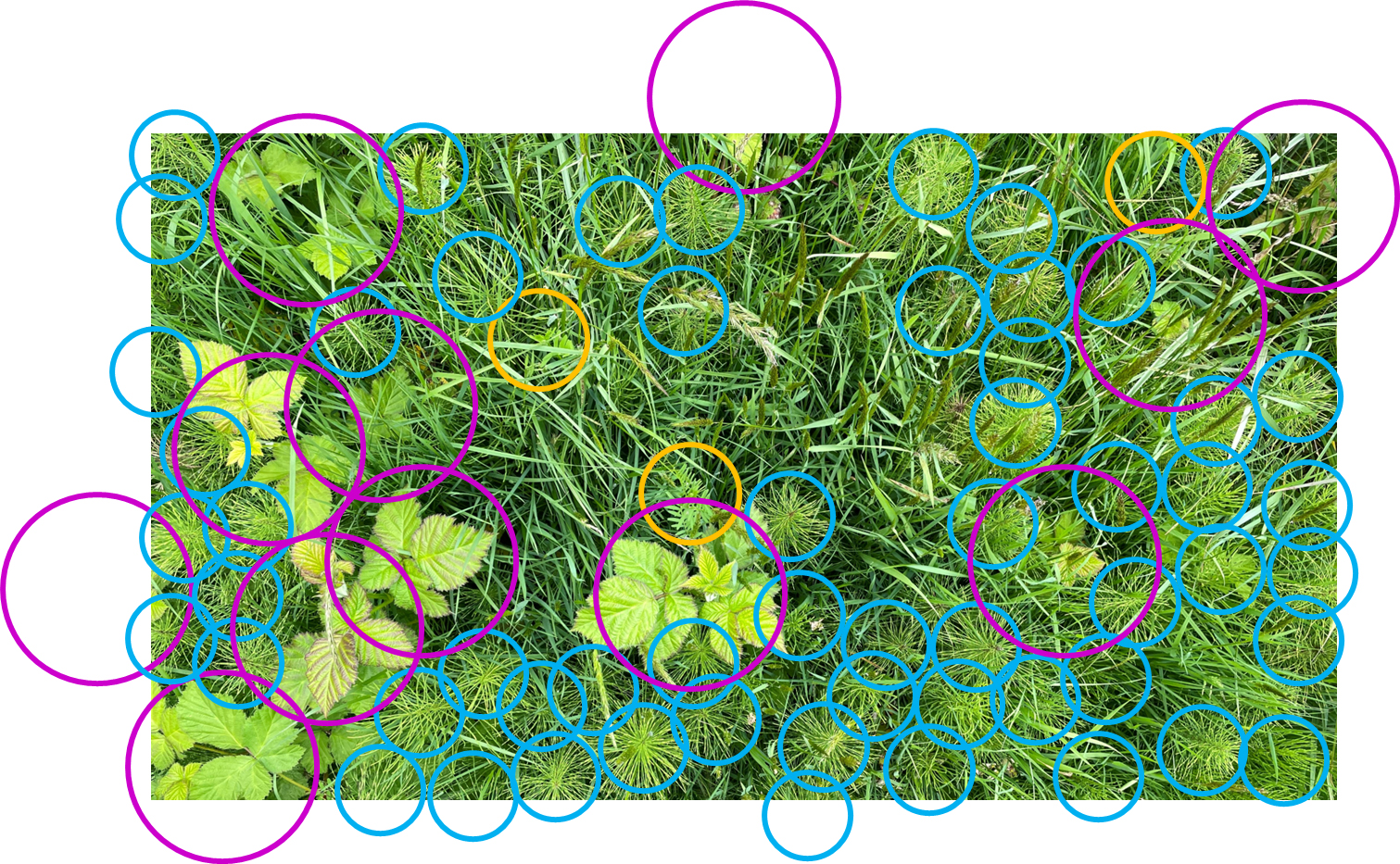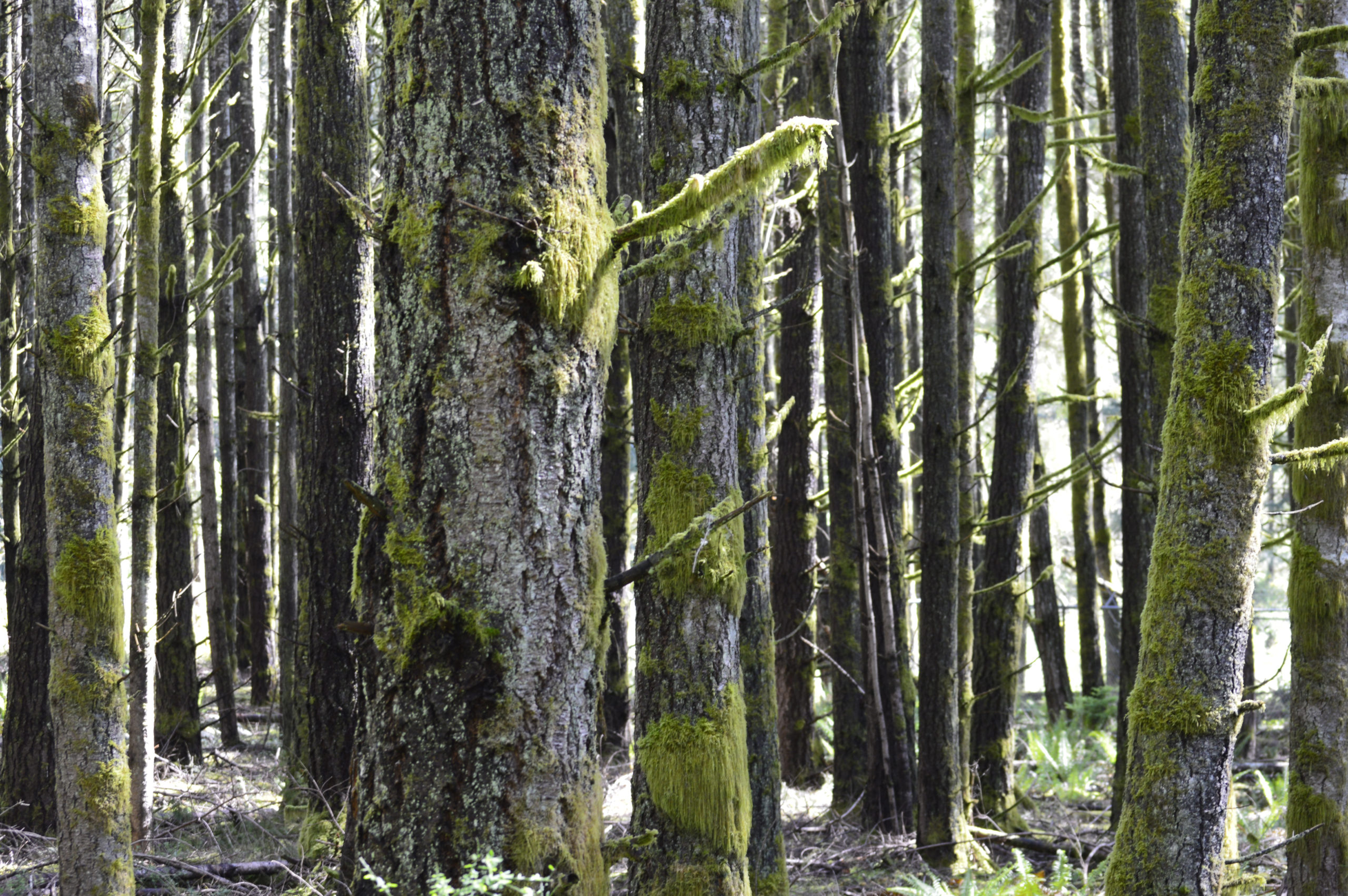Invasive Species
Bainbridge Island parks host an abundance of lush, green vegetation. Sweeping tree limbs, delicate fern fronds, and moss blankets welcome residents and visitors into our parks daily.
While the view may be impressive, not all that dreamy vegetation is good.
Non-native, rapidly spreading plants called “invasive species” outcompete our native vegetation and reduce our native flora’s ability to thrive and provide valuable ecosystem services. Many invasive species employ destructive strategies to help ensure their survival. Some invasive plants can change the pH of the soil and prevent native plants’ ability to grow, while others will climb, wind around, and choke surrounding native plants to death. Common invasive plants include English ivy, Himalayan blackberry, scotch broom, and English holly. Please do your part to keep our forests healthy by pulling invasive species in your yard or volunteering with the Park District!


Stand Density
Forests are the superheroes of clean water, healthy air, and carbon sequestration. Bainbridge Island parks are home to thousands of trees, but not all our trees are healthy enough to be environmental superheroes.
Like humans, trees need their space.
Space between trees reduces competition for resources and allows trees to grow correctly. When trees grow too close together, trees start to battle one another for access to light, water, and nutrients. Intense competition for sunlight causes trees to grow up faster than they grow out, creating hazardous trees that fall easily. Dense canopies of overgrown forests block the sun and prevent light from reaching the forest floor. Lack of light limits understory and midstory growth and significantly reduce the forest’s structural complexity and ability to provide ecosystem services. Weather pattern changes have increased water competition and caused species with low drought tolerance, like Western redcedar, to die. Competition between tightly planted trees causes extreme amounts of stress. Stressed trees are less resilient and less likely to provide their superhero services.
Curious about Healthy Forests?
Stay tuned to learn more, or play an active role in preserving our island’s resources by volunteering with us!
